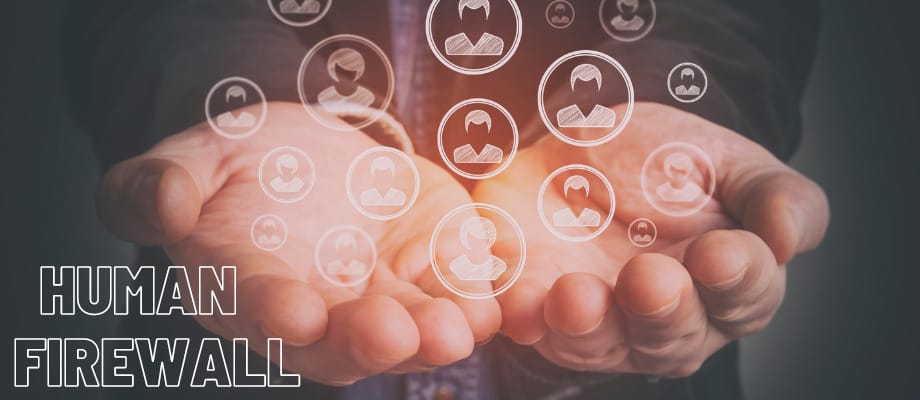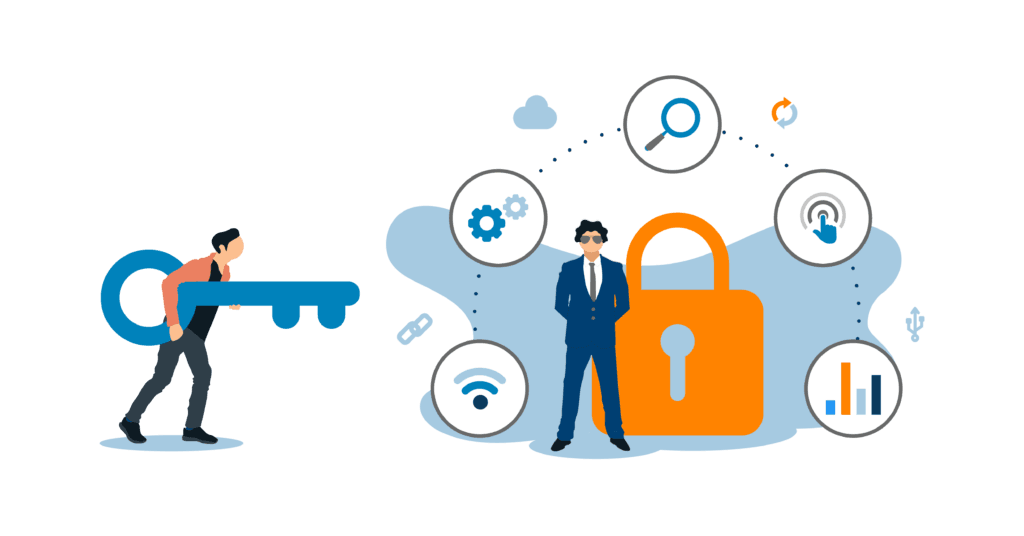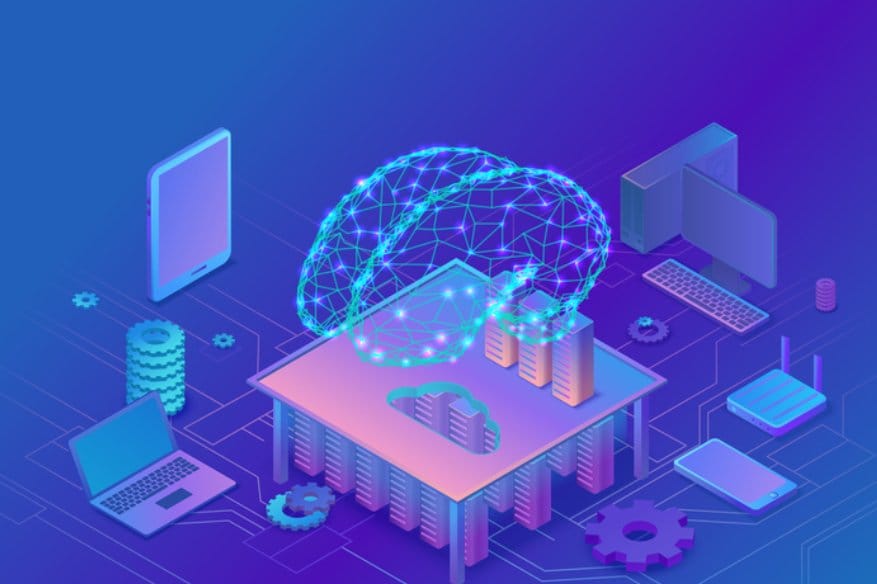Human Firewall: A Comprehensive Guide 2023

Imagine a castle with a high, impenetrable wall around it, protecting its precious treasures from would-be thieves. Now picture this wall being not made of stone or iron, but of people. In the realm of cybersecurity, this living, breathing barrier is called a “human firewall.” But unlike a traditional firewall, which is a piece of software designed to block unauthorized access, a human-firewall is an individual equipped with the knowledge and skills to recognize and mitigate cybercrime.
As sophisticated threat are thriving which targets humans and their vulnerabilities, human-firewall becomes a vital part in defending against such threats.
Table of Contents
Understanding the Term “Human Firewall”
Human Firewall is a line of defense of people constitute to defend against any threats which is facing the organization. A human-firewall is a human layer of protection. This type of protection is empowered through education and incentives and spanning teams across entire organization.

A human-firewall is not just a single person or limited to security team or any one of the security team. Human-firewall is a chain which is optimized as threats constantly evolve. As threats keep evolving human firewall evolve along with it preventing any threat factors to be successful.
To build a strong human-firewall, companies must provide extensive education, simulation, training and relevance to workers. Security awareness training should not only take place in the context of the company’s core product or service, but in employees’ specific roles and metrics. This goes far beyond the security team to include all workers, from executives and call center agents to product designers and associates in the field.
Importance of Human Firewall in 2023
Fast-forward to 2023, a time when cyber threats have grown in complexity and sophistication, and the concept of a human-firewall has never been more relevant. With the increasingly digital nature of work and personal life, everyone, from CEOs to everyday consumers, has a role to play in cybersecurity.
The challenges in safeguarding assets, employees, customers and data has expanded beyond four walls of the organization into networked environments and new ways of working.
The Critical Role of Humans in Cybersecurity
It’s often said that the weakest link in any security system is the human element. Busy, inattentive, or uninformed employees can be easy targets for cybercriminals who use cleverly disguised emails or social engineering tricks to gain unauthorized access to systems. As most of the breach, data loss and other damages are caused due to human errors

From Potential Weakness to Strongest Defense: Building Human Firewalls
Yet, this very vulnerability can be turned into a company’s greatest defense. By training employees to follow cybersecurity best practices and report suspicious activities, organizations can create a robust human-firewall that serves as a vital line of defense against cyber threats.
Why Traditional Firewalls Aren’t Enough
While technologies like firewalls, antivirus software, and encryption play a crucial role in securing an organization’s digital assets, they can’t protect against everything. Especially when cybercriminals employ tactics that target human fallibility, such as phishing and social engineering. Phishing and Social engineering has taken over as the most used attack method all around the world and the technological security are not enough to stop such sophisticated attacks. The only way to defend against such attacks are to train and educate every employees on such attacks.
The Role of Human Error in Cybersecurity Breaches
Many studies have pointed out that a significant percentage of reported data breaches involve some element of human error. This fact underscores the urgent need for a human-firewall in addition to technological defenses.
Human Firewalls in Action
1. Establishing Risk Profiles
Some innovative companies have developed tools that create risk profiles for individual employees, essentially serving as a virtual Cyber Risk Officer (vCRO). These risk profiles are built based on various factors, such as a person’s role, privileges, exposure to threats, past attacks, and risky behaviors. This can act as a risk profile and can help educate users according to their roles and prevent any such risky behaviors of past to be repeated. Such profiles also can help in crafting a personalized training module to those employees which can help them to be a better human-firewall.
2. Real-Time Reporting and Its Significance
Encouraging real-time reporting of suspicious activity helps create a culture where everyone is vigilant about cybersecurity. This proactive approach can ensure a swift response when real attacks occur, minimizing the potential damage. Real time reporting can help in stopping any threat before it causes any threat to the organization. This can also be encouraged by providing rewards or incentives to their pro active behavior which helps in safeguarding data and assets.
3. The Perfect Blend: ‘Man + Machine’
A combined approach using both human judgment and advanced technology creates a formidable defense against cyber threats. For example, an email security assistant that highlights risky emails can be an invaluable tool in the hands of a well-trained human-firewall. A combined judgement can help in better analysis and risk mitigation.
Building a Human Firewall
Constructing a human-firewall is not a one-time event, but an ongoing process that involves comprehensive education, simulations, and training. It requires making cybersecurity relevant to each employee, helping them understand the risks and their role in mitigating them.

Continuous security simulations, training and education will enforce best security practices in the mind of employees and can help to have a proactive chain of employees acting as a best defense along with other technological security measures.
A. Instilling a Security-Minded Workforce
True resilience against cyber threats involves turning every employee into a proactive guardian of the organization’s digital assets. A security-minded workforce can outnumber bad actors and create an environment that’s hostile to cyber threats. Knowing and being able to differentiate between what is genuine and what is an attack can help mitigate most of the attacks of this era. Employee knowledge on cybersecurity can enhance more security towards data and the organization.
B. The Impact of a Talent Shortage in Cybersecurity
The shortage of cybersecurity talent is a pressing issue in many industries. Encouraging a culture of cybersecurity awareness and fostering the human-firewall concept could inspire employees to consider a career pivot into this critical field. Empowering a human-firewall can be a best solution to the shortage of talent in Cybersecurity.
The Impact of Remote Work on Human Firewalls
With the continuation of remote work trends, it is more critical than ever to bolster human-firewalls. The shift to digital workspaces demands increased vigilance as employees now access corporate systems from various locations and devices.
Organizations need to revise their cybersecurity strategies to reflect this new reality. The creation of a human-firewall becomes an essential aspect of ensuring security in an increasingly digital workspace.
The Future of Cybersecurity: AI and Human Firewalls
AI’s predictive capabilities are enhancing proactive cybersecurity strategies. However, even as automated techniques improve, human intelligence remains an essential arbiter of controls, context, knowledge, and explainability.

Harnessing the Power of Predictive Capabilities
By combining AI’s predictive power with a well-trained human-firewall, organizations can create a cybersecurity strategy that is both advanced and adaptable. This combination empowers employees to contribute insights without relying solely on IT, making human-firewalls an integral part of a long-term cybersecurity offense.
Conclusion
In conclusion, a human-firewall is a critical component of cybersecurity that focuses on empowering individuals to become the first line of defense against potential threats. It involves educating and training individuals to recognize and respond to various cybersecurity risks, such as phishing attacks, social engineering, and data breaches. By equipping employees with the necessary knowledge and skills, organizations can significantly enhance their overall security posture and reduce the likelihood of successful cyberattacks. A human-firewall complements technical measures and serves as a proactive approach to cybersecurity, emphasizing the importance of individual responsibility and vigilance. With the ever-evolving landscape of cyber threats, fostering a strong human-firewall is essential for maintaining the integrity, confidentiality, and availability of sensitive information.
FAQ’s
1. Which best describes a human-firewall?
A human-firewall caUnderstand and reduce your human riskn be best described as the proactive use of individuals within an organization to safeguard against cybersecurity threats. It involves educating and empowering employees to recognize and respond to potential risks, making them the first line of defense in protecting sensitive data and systems. By instilling a strong security mindset and providing ongoing training, organizations can establish a human-firewall that complements technical safeguards and enhances overall cybersecurity resilience.
2. What are the benefits of human-firewall?
The benefits of a human-firewall include increased security awareness, improved threat detection, reduced insider threats, cost savings, a culture of security, and compliance with regulations. It strengthens an organization’s security posture by empowering employees to recognize and respond to cybersecurity threats effectively.
3. What are the characteristics of human-firewall?
Characteristics of a human-firewall include:
1. Education and training for employees.
2. Vigilance, awareness, and reporting of potential threats.
3. Individual responsibility and accountability.
4. Continuous learning and adaptation to evolving cybersecurity landscape.
5. Proactive defense and preventive measures.
6. Integration with technology for a comprehensive security approach.
4. What is an example of a human-firewall?
A human firewall example is an organization that implements a comprehensive cybersecurity awareness and training program for its employees. This program includes regular training sessions on topics such as recognizing phishing emails, practicing safe browsing habits, using strong passwords, and understanding the risks associated with sharing sensitive information. The organization encourages employees to report suspicious activities and provides channels for reporting potential security incidents promptly. By empowering employees with knowledge and promoting a security-conscious culture, the organization establishes a human-firewall that acts as a frontline defense against cyber threats.